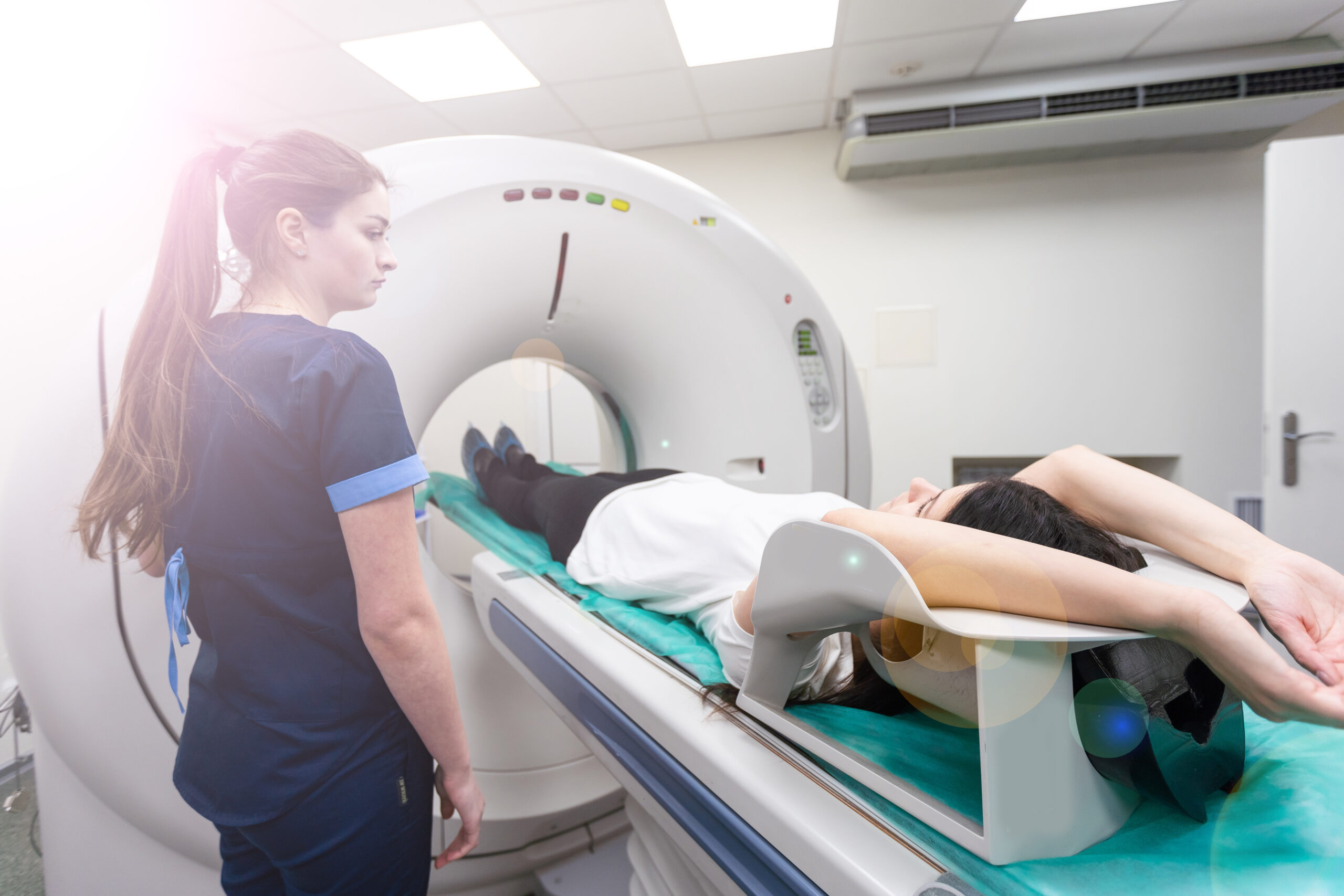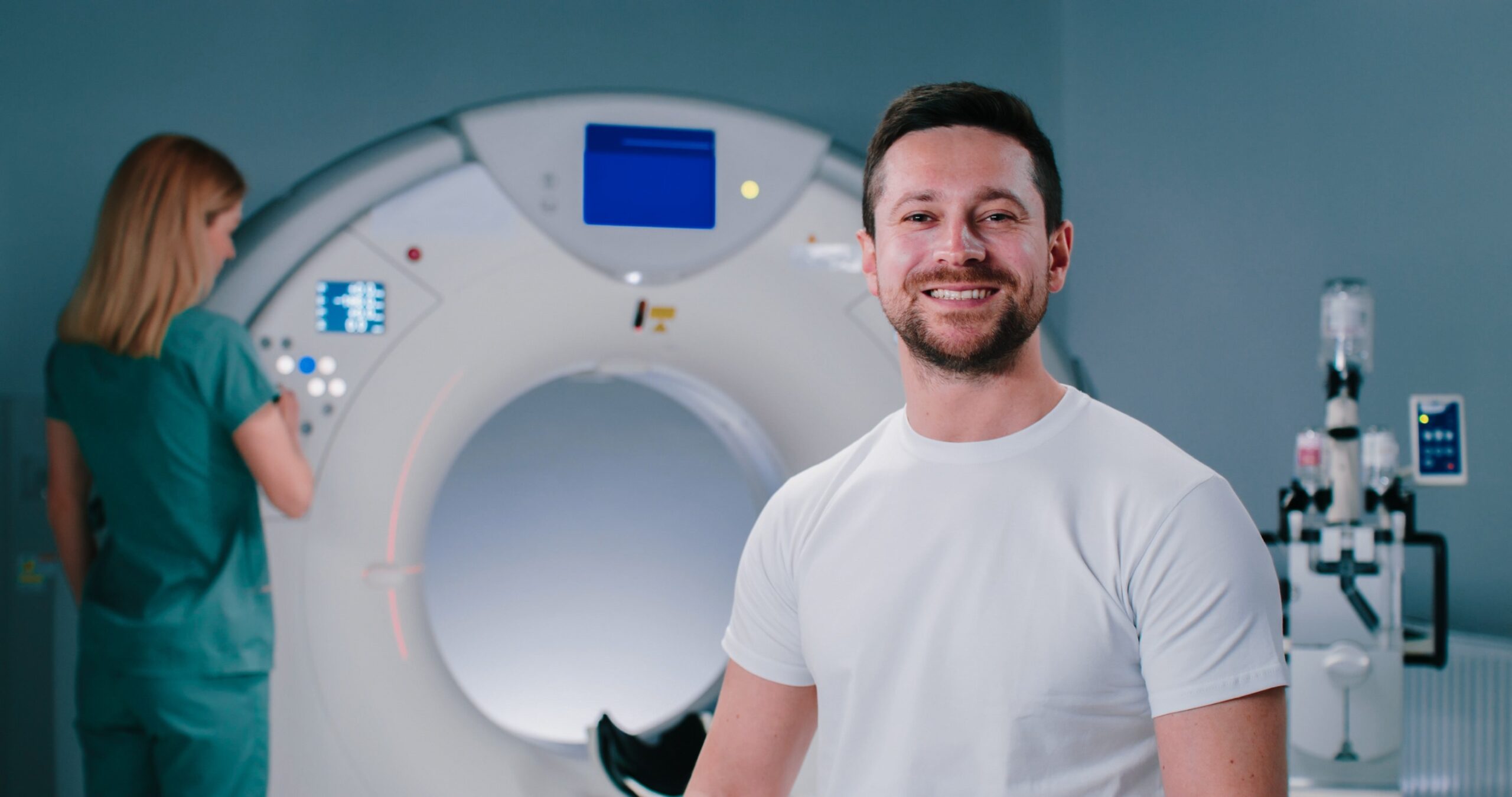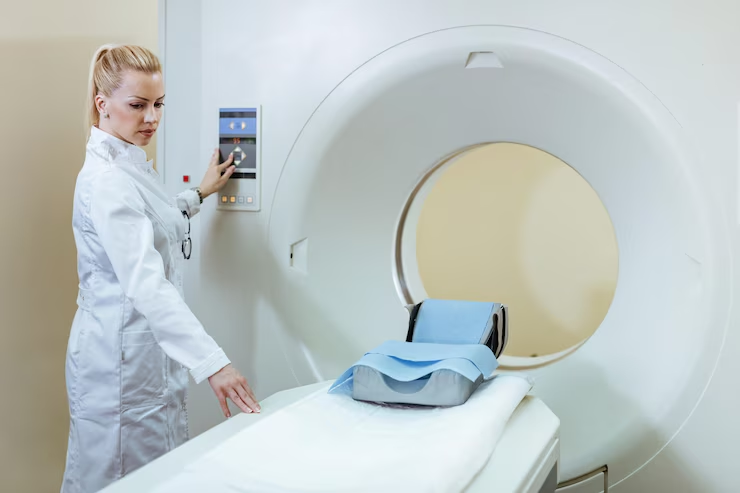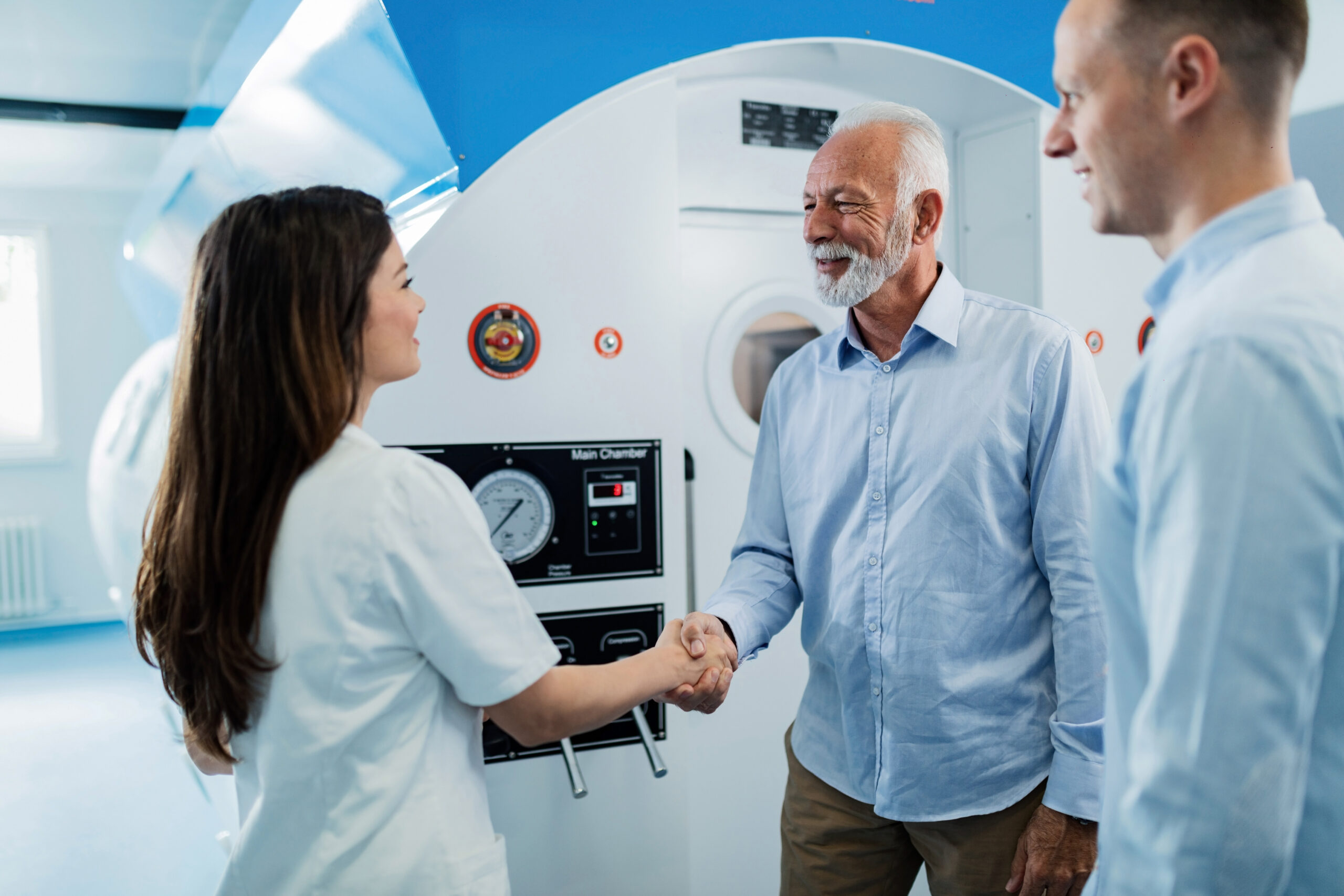When it comes to advanced medical imaging, both PET CT (Positron Emission Tomography-Computed Tomography) and MRI (Magnetic Resonance Imaging) are crucial diagnostic tools used to evaluate various health conditions. While both techniques help doctors detect abnormalities and monitor diseases, many patients have concerns about radiation exposure associated with these procedures. In this blog, we’ll compare the radiation levels in PET CT and MRI, discuss the safety measures in place, and address common patient concerns to help you make an informed decision about your healthcare.
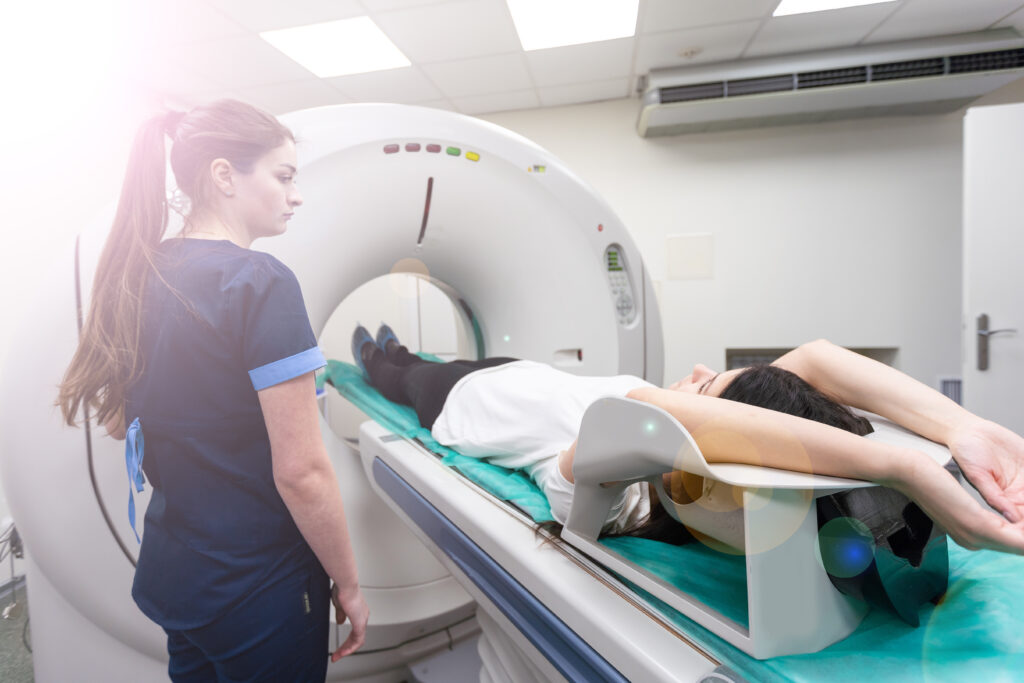
Radiation in PET CT vs. MRI
PET CT: A Dual-Scan System with Radiation Exposure
PET CT combines two powerful imaging technologies: positron emission tomography (PET) and computed tomography (CT). PET scans use a small amount of radioactive material (radiotracer) that is injected into your body to create images of your organs and tissues. These radiotracers emit positrons that are detected by the PET scanner, providing detailed images of your body’s metabolic and functional activity. The CT portion of the exam uses X-rays to create cross-sectional images of the body. As a result, the radiation exposure during a PET CT scan is higher compared to other imaging techniques due to the use of both radiotracers and X-ray technology.
MRI: No Radiation, But Strong Magnetic Fields
In contrast, MRI does not use radiation at all. Instead, it uses powerful magnets and radio waves to produce high-resolution images of the inside of the body. This makes MRI a preferred option for patients who need to avoid radiation, such as pregnant women or those with concerns about exposure. However, MRI does come with its own set of safety considerations, particularly for patients with certain implants or metal objects in their body due to the strong magnetic fields used.
Safety Measures in Place
PET CT Safety Protocols
At PET CT centers like PET CT of Miami, patient safety is a top priority. Although the radiation used in PET CT scans is relatively low, medical professionals take extra precautions to minimize exposure. The radiotracers used are carefully selected to ensure minimal risk, and the radiation dose is kept as low as possible while still providing high-quality images. The staff will discuss your medical history, current medications, and any conditions that could affect your scan before proceeding.
MRI Safety Protocols
Since MRI doesn’t use radiation, its main safety concerns are related to the strong magnetic fields. Before your MRI, you will be asked about any metal implants, pacemakers, or other devices in your body, as these could interfere with the scan or be potentially dangerous. It’s important to follow safety instructions carefully, and the medical staff will ensure that the procedure is safe and comfortable for you.
Both PET CT and MRI facilities are equipped with modern technology to protect patients and staff. In addition, technicians and physicians are highly trained to ensure the procedures are carried out in a safe and efficient manner.
Addressing Patient Concerns
Radiation in PET CT: What You Need to Know
One of the most common concerns patients have regarding PET CT is the potential risks of radiation. While PET CT does involve radiation, it’s important to remember that the benefits of accurate diagnosis often outweigh the risks. Your doctor will evaluate your health history and the necessity of the test to ensure that it’s the right choice for you. In most cases, the radiation dose from a PET CT scan is well within safe limits and is carefully controlled.
MRI Concerns: Safety and Comfort
MRI is generally considered very safe, but some patients may feel anxious or claustrophobic due to the enclosed nature of the MRI machine. If you’re concerned about comfort during the MRI, many centers offer open MRI options or provide relaxation techniques to help alleviate anxiety. Additionally, the absence of radiation makes MRI a highly attractive option for imaging when it’s suitable for your medical condition.
Conclusion: Making an Informed Decision
Both PET CT and MRI are indispensable diagnostic tools with their own advantages and safety considerations. PET CT provides detailed information about metabolic activity and disease progression, but it involves some radiation exposure. MRI, on the other hand, is free from radiation and provides detailed structural images of the body, making it a safer option for certain patients.
Understanding the safety protocols in place and discussing your concerns with your healthcare provider will help you make an informed decision about which imaging technique is right for you. Whether you need a PET CT scan or an MRI, it’s important to choose a trusted imaging center with experienced professionals who prioritize patient safety.
PET CT of Miami: Schedule Your Appointment Online
At PET CT of Miami, we offer state-of-the-art PET CT and MRI services to help you get the best possible care. Our highly trained team is dedicated to providing accurate, timely results in a safe and comfortable environment. If you have questions about radiation exposure, MRI safety, or would like to schedule an appointment, our friendly staff is here to assist you.
To schedule your appointment online or learn more about our services, visit PET CT of Miami today. Your health is our top priority, and we’re here to ensure you receive the highest quality diagnostic imaging.

